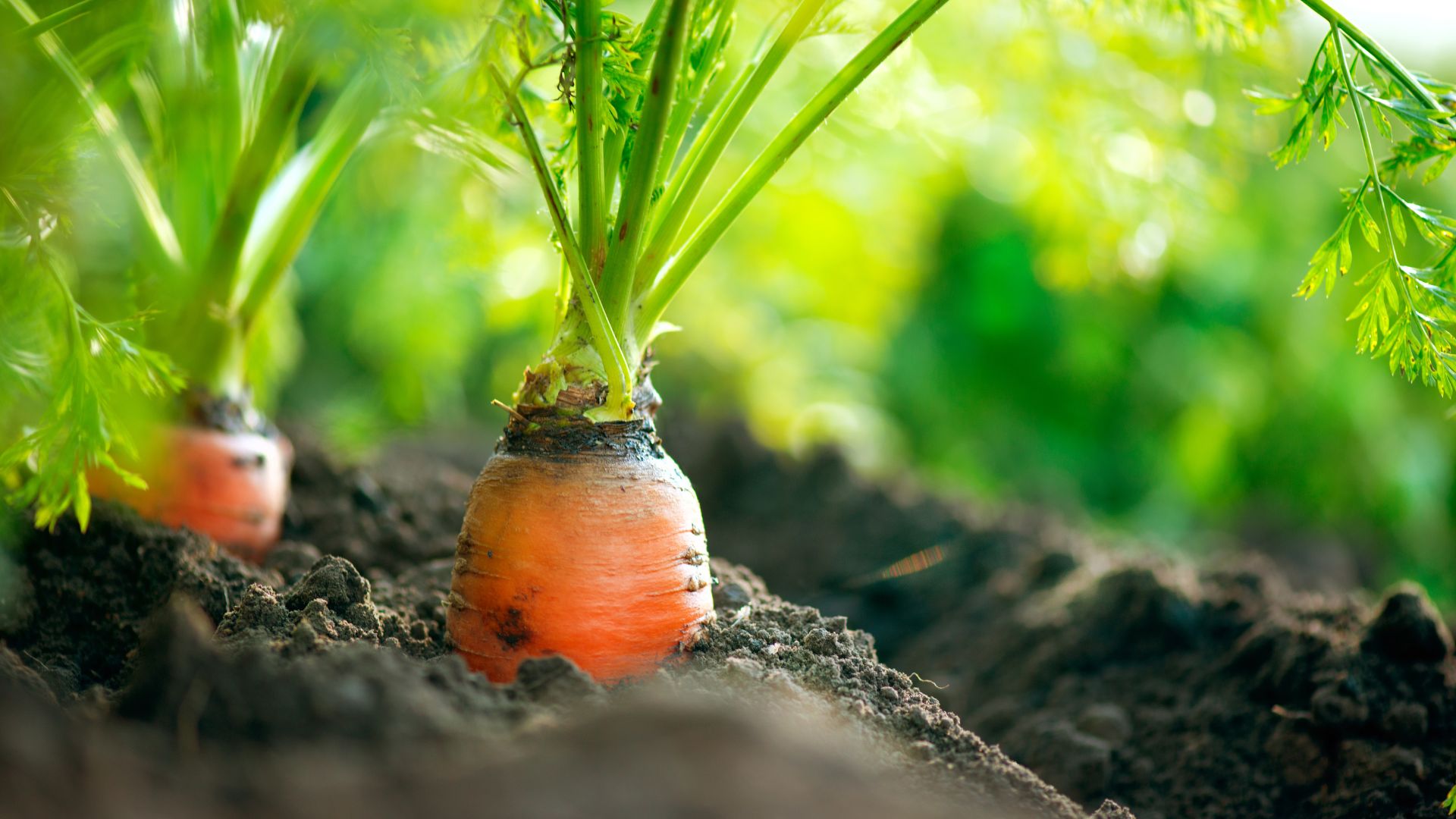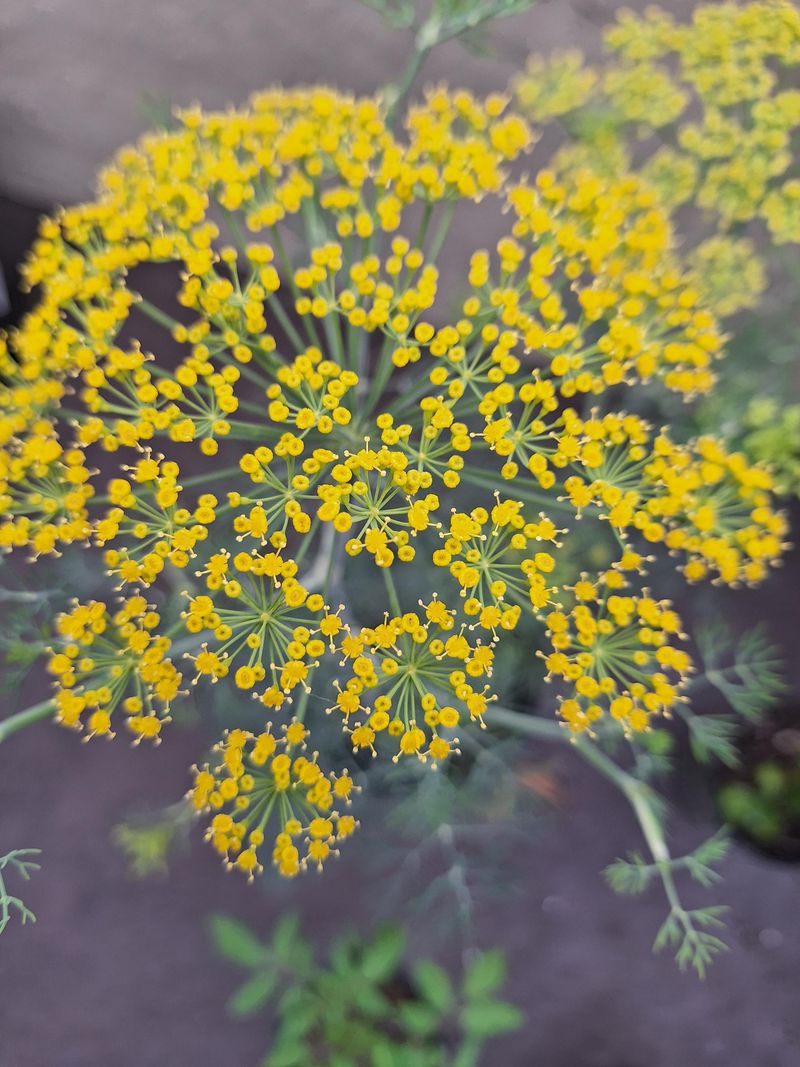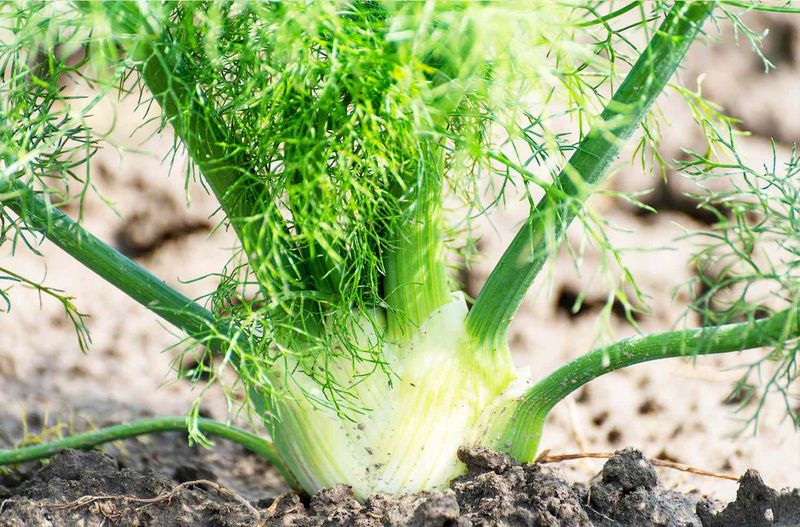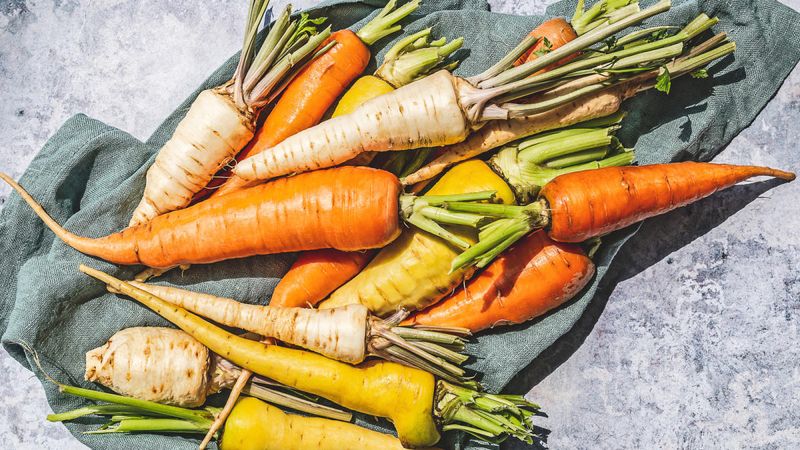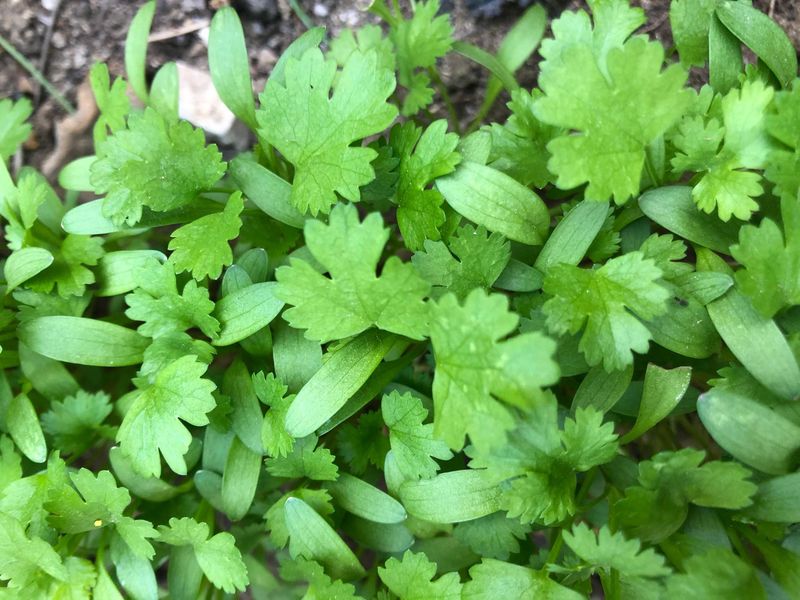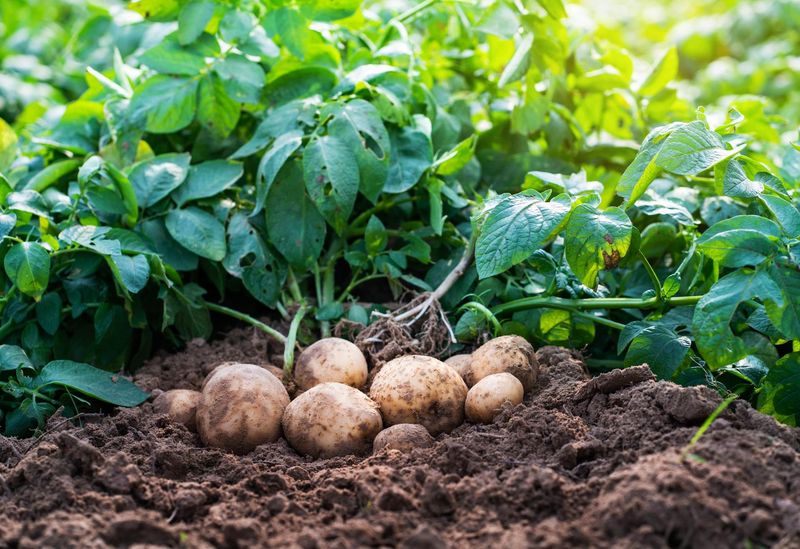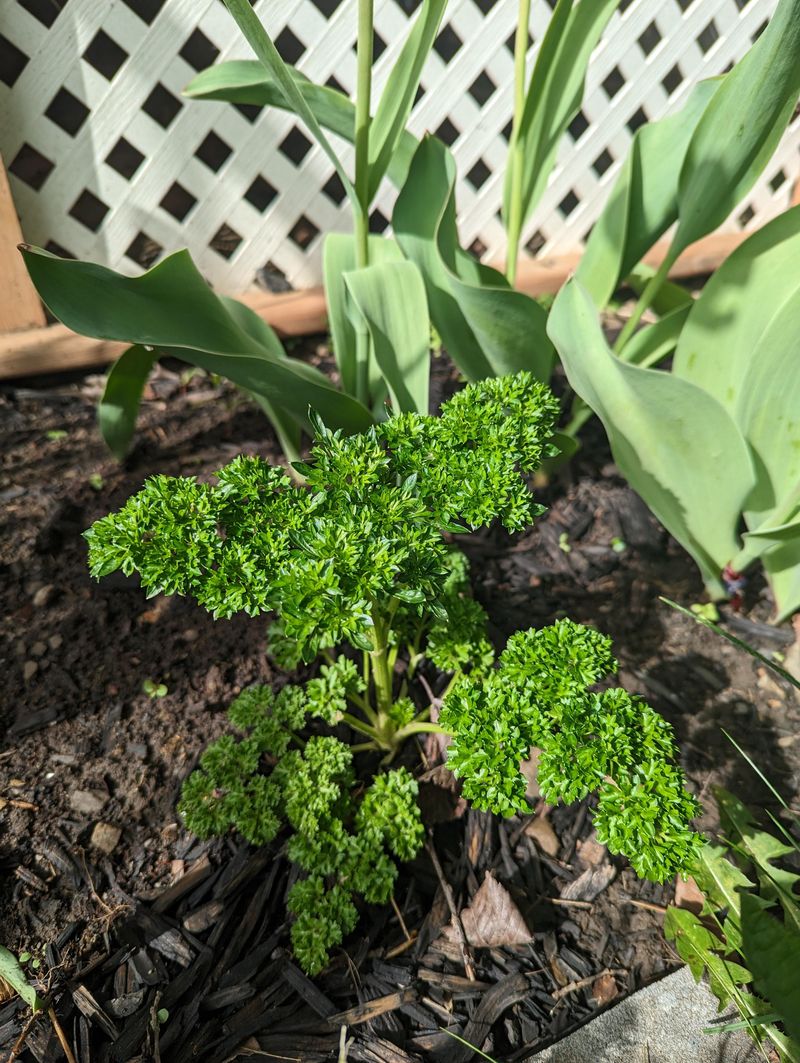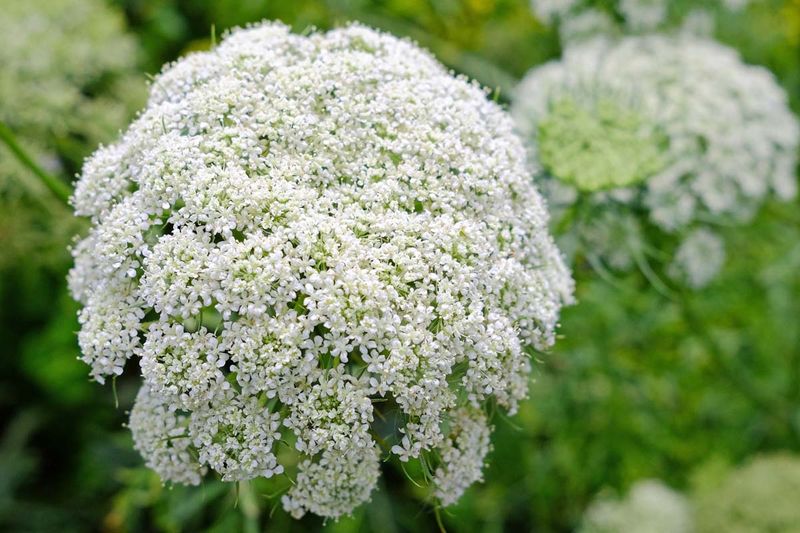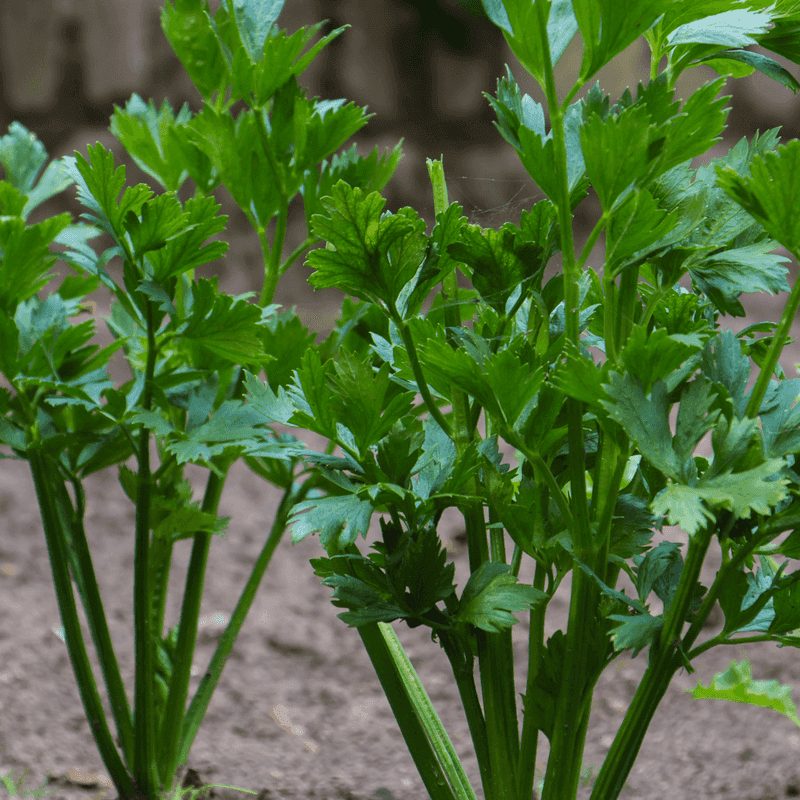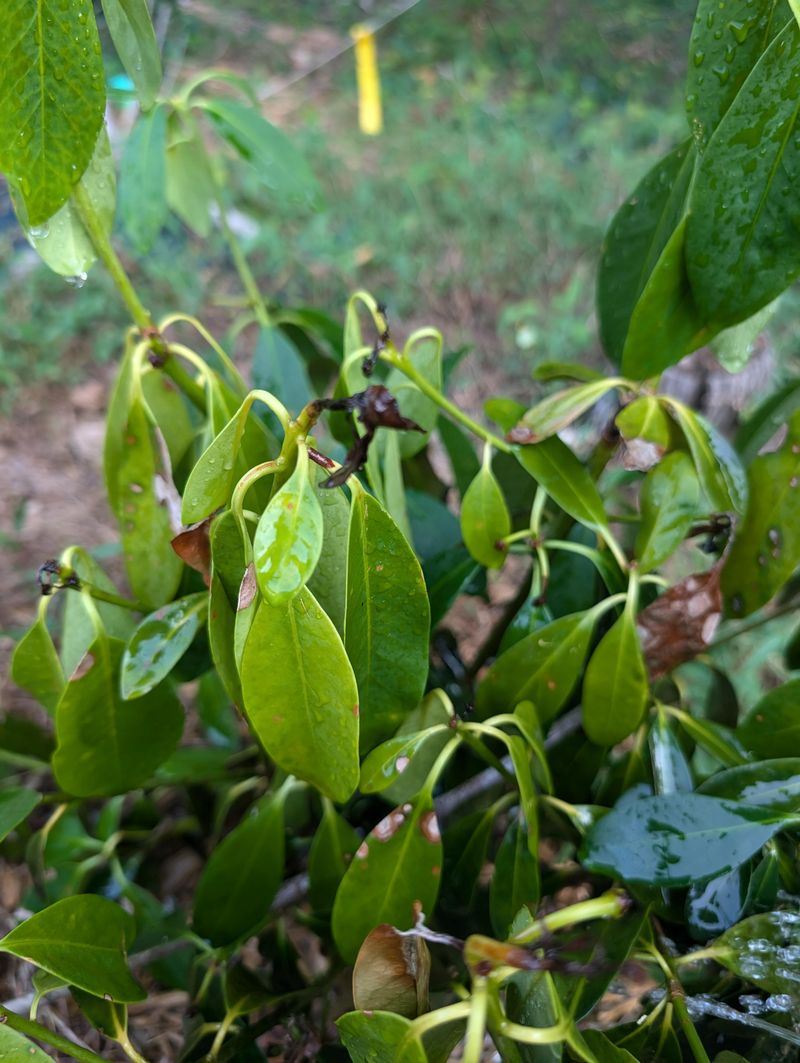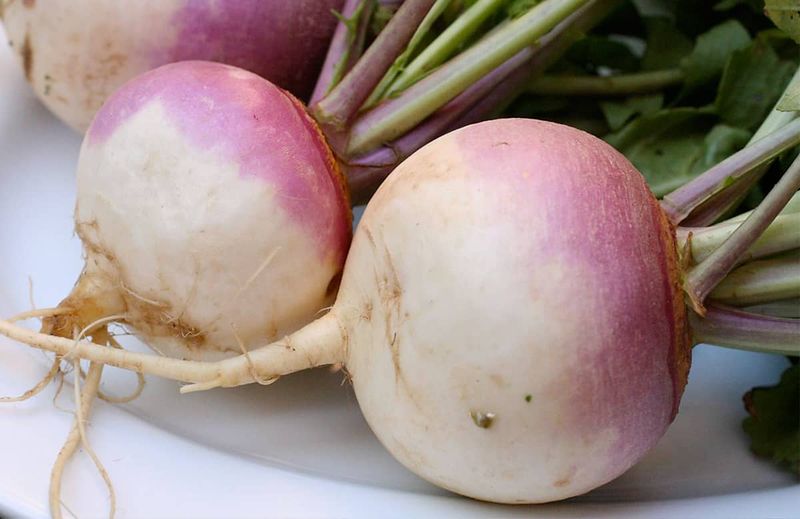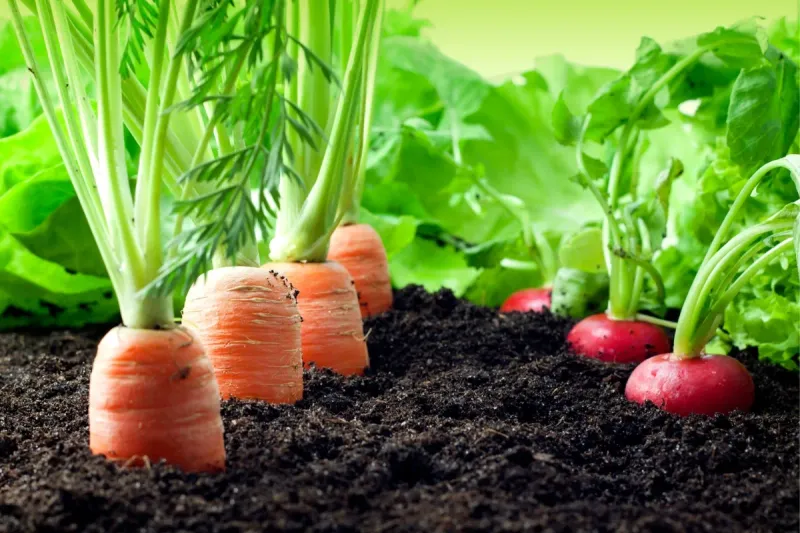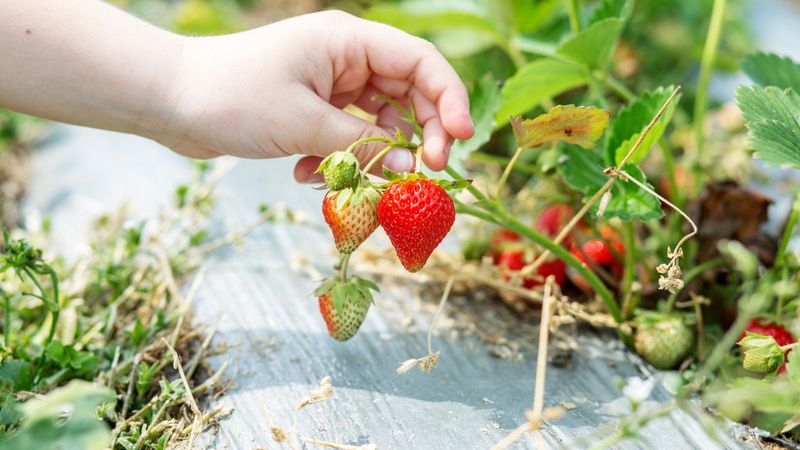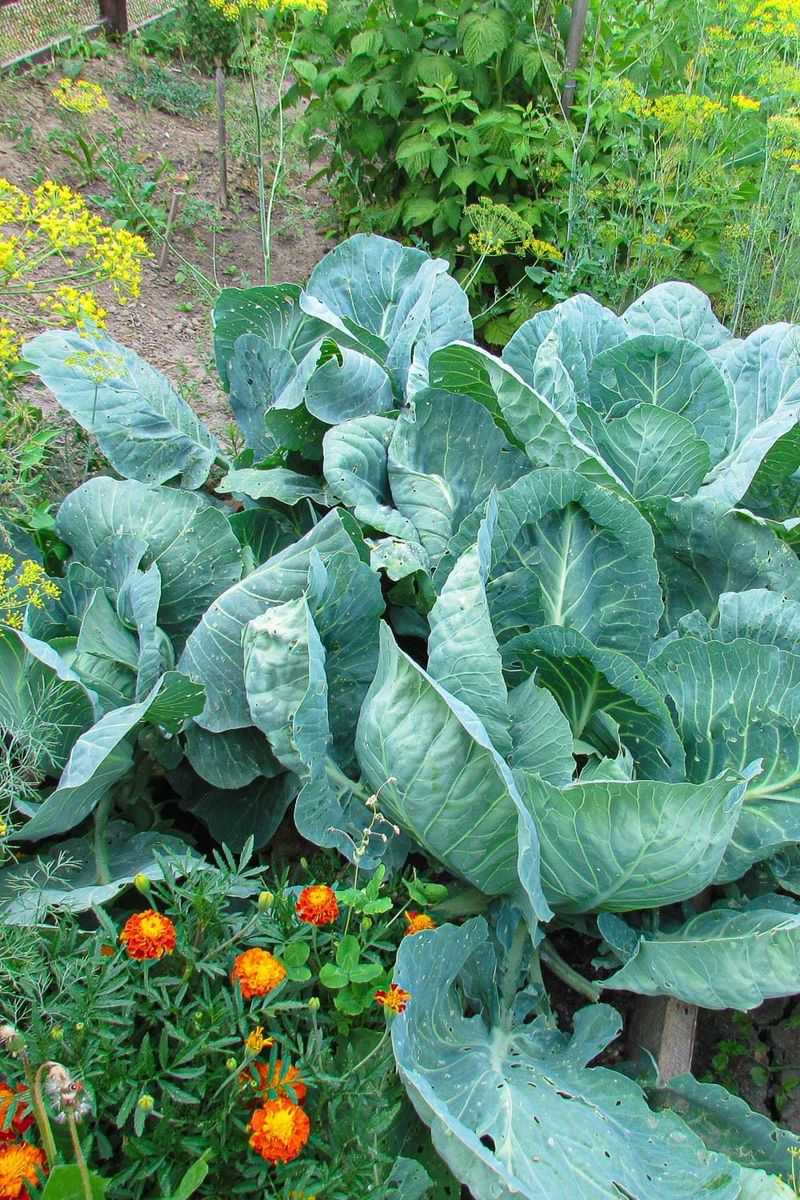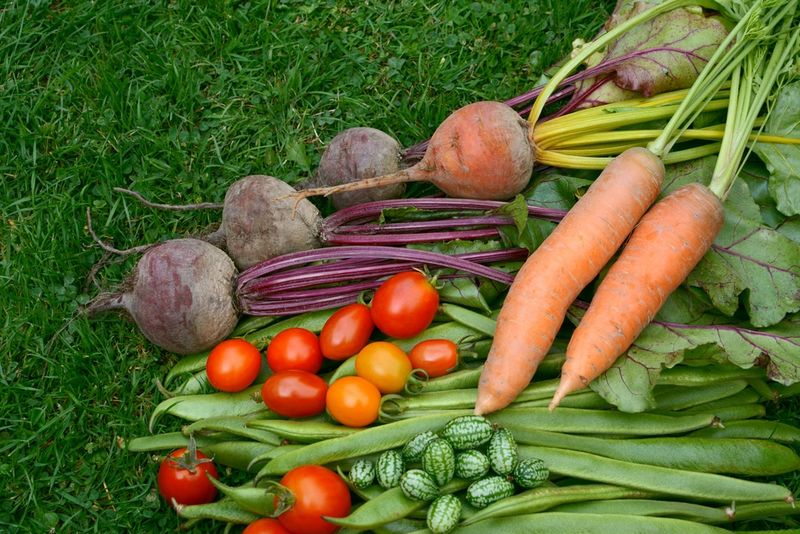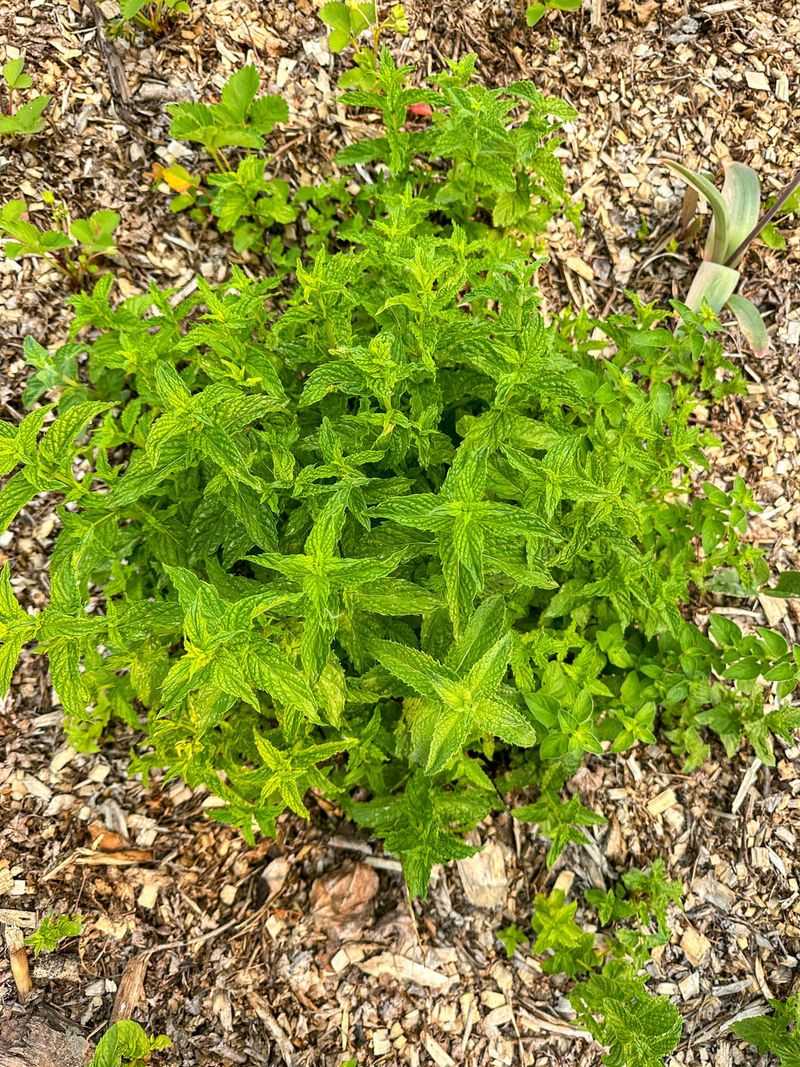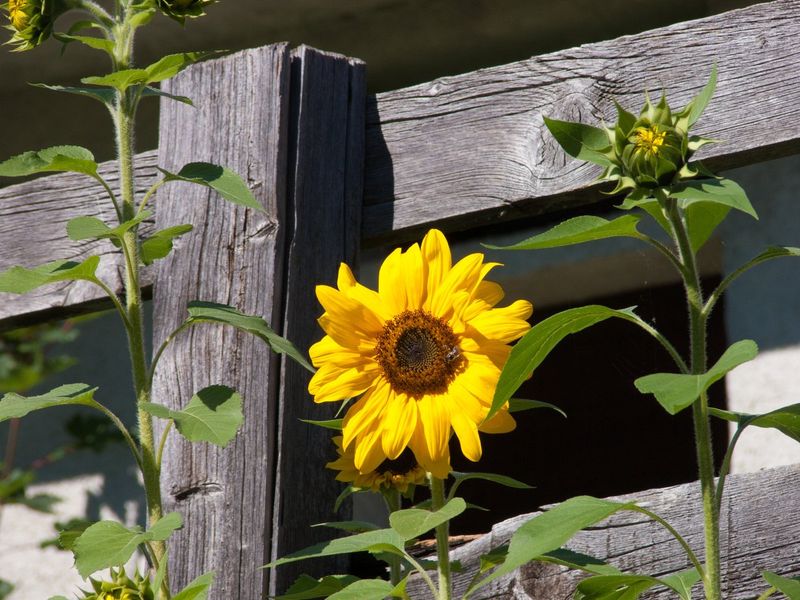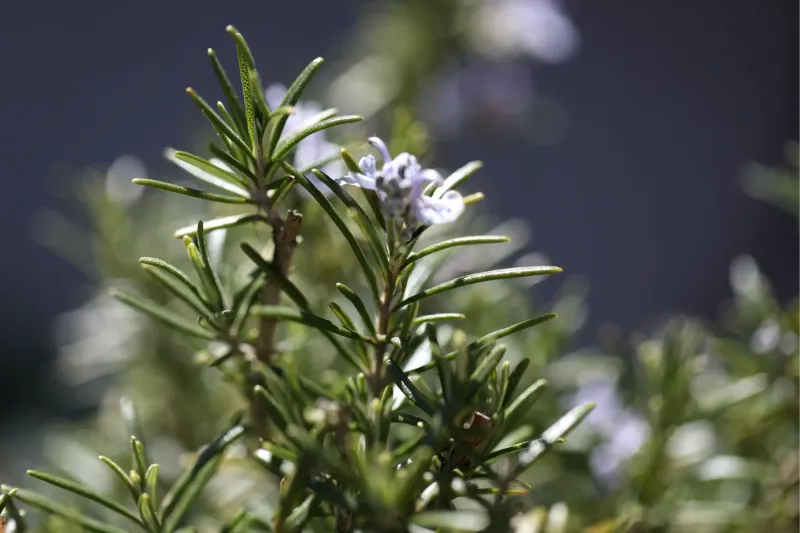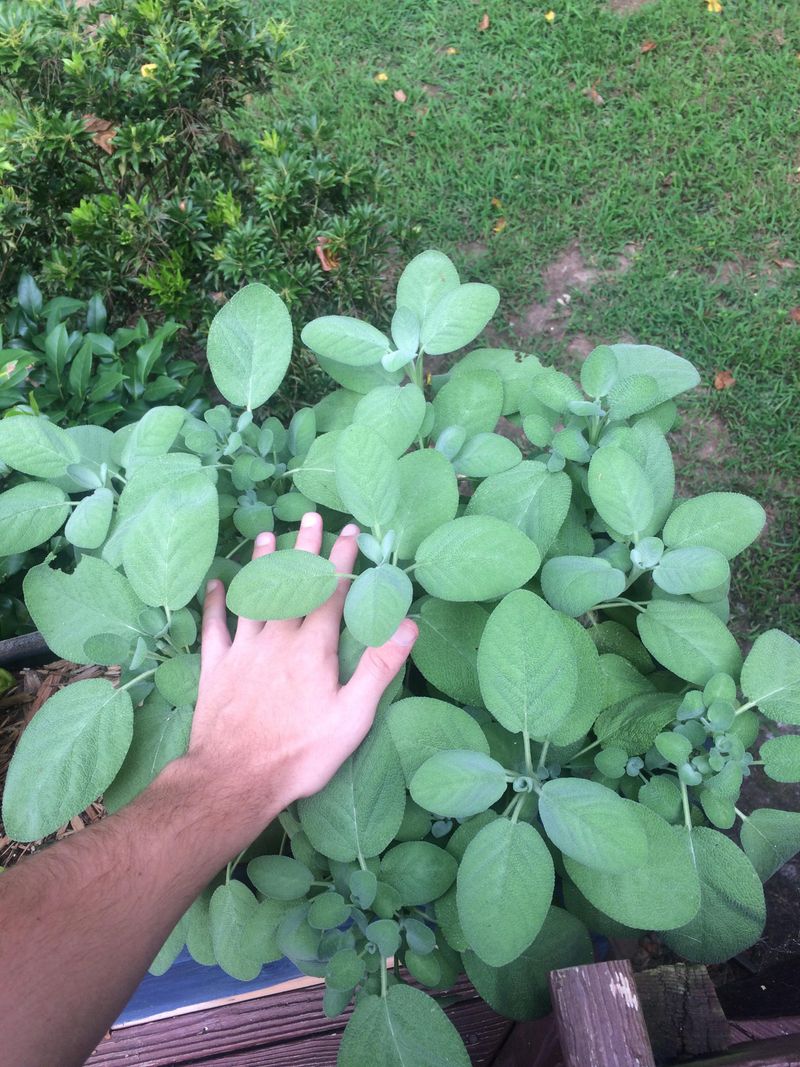Growing healthy, straight, and flavorful carrots takes a little more planning than you might expect. While loose soil and steady watering are key, what you plant nearby can quietly make or break your harvest.
Certain garden neighbors might seem harmless at first but can actually stunt your carrots, steal vital nutrients, or draw in pests that love to snack on those tender roots. I’ve made a few of these pairing mistakes myself—and paid the price in spindly, bitter carrots.
The good news? Once you know which plants to avoid, it’s easy to give your carrots the space and support they need to thrive. With the right companions, your harvest will be sweeter, stronger, and worth the wait.
1. Dill: The Deceptive Neighbor
Many gardeners assume herbs make great neighbors for all vegetables, but dill is particularly problematic for carrots. When planted nearby, it releases compounds that inhibit carrot seed germination and stunts the growth of young carrot plants.
I once interplanted dill throughout my carrot rows, thinking I was being efficient with garden space. The carrots that did emerge were thin, twisted, and barely worth harvesting compared to my previous yields.
Beyond the chemical interference, dill and carrots also compete for similar soil nutrients and moisture levels. If you must grow both, maintain at least 3 feet of separation or consider planting them in different garden beds entirely.
2. Fennel: The Underground Bully
Fennel might seem innocent with its feathery tops, but underneath the soil, it’s quietly sabotaging your carrot crop. This aggressive herb releases allelopathic compounds that specifically inhibit root vegetable development, making it one of the worst companions for carrots.
The effects aren’t always immediately visible. Your carrot tops might look fine while the roots below remain stunted or deformed. Last season, my fennel-adjacent carrots developed strange forked shapes and bitter flavor.
Fennel is actually considered unfriendly to most garden vegetables, not just carrots. Keep it isolated in its own corner of the garden or in containers where its roots can’t interfere with other crops.
3. Parsnips: The Competitive Cousin
Growing from the same plant family as carrots, parsnips create intense competition for the same nutrients, water, and growing space. Their similar root structures occupy identical soil layers, essentially forcing carrots to fight for resources.
The resulting harvest often disappoints – thin, underdeveloped carrots that never reach their potential. Their shared family connection also means they attract identical pests and suffer from the same diseases, creating a concentrated target for carrot rust flies and other problems.
Keep these relatives separated in your garden planning. I’ve found rotating these crops in different beds on alternate years not only prevents competition but also helps break pest cycles that can plague both vegetables.
4. Cilantro/Coriander: The Confusing Relative
Cilantro belongs to the same Apiaceae family as carrots, creating confusion for both plants and pests. When flowering, cilantro attracts the same carrot rust fly that devastates carrot crops, essentially serving as a pest magnet for your precious roots.
The family connection means they also compete for similar soil nutrients. My experimental bed last year with alternating cilantro and carrots produced noticeably smaller carrots compared to my carrot-only section.
If you love both plants, consider growing cilantro in containers instead. This separation gives your carrots room to develop properly while still allowing you to enjoy fresh cilantro for your culinary needs without the competitive interference.
5. Potatoes: The Greedy Resource Hog
Potatoes are heavy feeders that deplete soil nutrients rapidly, leaving little for neighboring carrots to utilize. Their aggressive root systems and large foliage also create significant shade, preventing carrots from receiving adequate sunlight for proper development.
Beyond resource competition, potatoes attract different soil-borne pests that can cross over to affect carrots. The potato’s tendency to develop fungal issues in moist conditions can spread to nearby plants.
A garden bed I planted with potatoes and carrots together yielded stunted orange roots with rough skin and poor flavor. Now I always place these crops at opposite ends of my garden to prevent the potatoes from bullying my carrot crop.
6. Parsley: The Misleading Companion
Despite being recommended as companions for many vegetables, parsley creates specific problems for carrots. Both belong to the Apiaceae family and attract identical pests, particularly the carrot rust fly, which can devastate your entire carrot crop once established.
The family connection means they’re fighting for the same soil nutrients and growing space. When I interplanted parsley between carrot rows thinking I was maximizing space, both crops underperformed significantly.
Parsley’s biennial growth habit also means it can overshadow developing carrots in its second year. For best results, keep these relatives in separate garden beds, using parsley as a companion for tomatoes or asparagus instead where it truly benefits those crops.
7. Queen Anne’s Lace: The Wild Relative
Many gardeners don’t realize that Queen Anne’s Lace is actually wild carrot, making it a direct competitor and cross-pollinator with garden carrots. When allowed to grow nearby, it can cross-pollinate with your carrots, resulting in tough, woody, and bitter-tasting roots in future generations if you save seeds.
Beyond genetic interference, this wild plant harbors the same pests that plague cultivated carrots. Carrot rust flies and aphids frequently use Queen Anne’s Lace as a staging ground before moving to your vegetable garden.
After finding this wildflower growing along my garden fence, my nearby carrots suffered from unprecedented pest pressure. I now vigilantly remove any wild carrot relatives within 300 feet of my vegetable plots.
8. Celery: The Nutrient Competitor
Celery’s shallow but extensive root system directly competes with carrots for water and nutrients in the same soil layer. Both plants have high calcium and potassium requirements, often leading to deficiencies when planted too close together.
As another member of the Apiaceae family, celery attracts identical pests and diseases. My experiment with interplanting these crops resulted in both developing aphid infestations that spread rapidly throughout the bed.
Celery’s tall growth habit also casts shade over shorter carrot tops, reducing their photosynthesis capabilities and ultimately affecting root development. If you must grow both, place celery on the north side of your garden where its height won’t block crucial sunlight from reaching your carrot patch.
9. Anise: The Chemical Warfare Specialist
Anise releases potent allelopathic compounds that specifically inhibit root vegetable development. These natural chemicals can prevent carrot seeds from germinating properly and stunt the growth of established plants, leading to poor harvests.
The licorice-scented herb also attracts beneficial insects away from your carrot patch. While anise flowers draw in predatory wasps and other helpers, they do so at the expense of protection for your carrots.
I learned this lesson after adding anise to my herb garden adjacent to my root vegetables. My carrot germination rate dropped by nearly half, and those that did grow produced small, misshapen roots with bitter flavor. Keep anise in a separate herb garden well away from your vegetable beds.
10. Turnips: The Underground Rivals
Turnips and carrots develop their edible portions in the same soil layer, creating direct competition for underground growing space. When planted too close, both root vegetables end up smaller and often deformed as they compete for limited real estate.
Nutrient competition is equally problematic. Both crops have similar requirements for phosphorus and potassium, often resulting in deficiencies that manifest as stunted growth and poor coloration in your carrots.
After trying to maximize my garden space by alternating turnips and carrots in the same bed, I harvested disappointing specimens of both. The carrots were particularly affected, developing strange shapes where they encountered turnip roots. Now I rotate these crops seasonally rather than growing them simultaneously.
11. Radishes: The Deceptive Companion
Gardening books often recommend interplanting radishes with carrots, but this advice needs context. While quick-growing spring radishes can mark carrot rows before carrots germinate, leaving them to mature creates serious problems for developing carrots.
Radishes left too long compete directly for the same soil layer where carrots form their roots. They also attract flea beetles that can migrate to your carrot foliage once the radishes are harvested, causing significant damage.
My worst carrot harvest came after I got busy and neglected to pull my marker radishes on time. The carrots were stunted and misshapen where they encountered resistance from the oversized radishes. Use this companion strategy carefully, removing radishes promptly before they interfere with carrot development.
12. Strawberries: The Soil pH Disruptor
These gradually acidify the soil around them as they grow, creating conditions too acidic for optimal carrot development. Carrots prefer a neutral to slightly acidic soil pH between 6.0-6.8, while strawberries thrive in more acidic conditions around 5.5-6.5.
Beyond pH issues, strawberry plants send out runners that can quickly invade carrot rows, disrupting their growth and making harvesting difficult. The spreading nature of strawberry patches creates ongoing competition problems.
I learned this lesson after establishing a strawberry patch adjacent to my annual vegetable garden. The carrots planted nearest to the strawberries consistently underperformed, developing shorter, stubbier roots with less sweetness compared to those farther away from the berries’ influence.
13. Cabbage Family Crops: The Heavy Feeders
Brassicas like cabbage, broccoli, and cauliflower deplete soil nitrogen rapidly, leaving insufficient nutrients for neighboring carrots. Their substantial root systems and large foliage also create competition for both underground resources and above-ground sunlight.
These crops attract different pest profiles than carrots, potentially introducing cabbage worms, aphids, and other pests that might not otherwise target your carrot patch. The cabbage root maggot can be particularly problematic when it migrates to nearby carrots.
When I planted cabbage and carrots in adjacent rows, the carrots nearest the brassicas showed yellowing foliage and stunted growth – classic signs of nitrogen deficiency. Now I always separate these heavy feeders from my root vegetables with nitrogen-fixing plants like beans as buffers.
14. Tomatoes: The Shade Creators
Tomato plants grow tall and bushy, casting significant shade over shorter carrot tops. This reduced sunlight directly impacts carrot development, as the plants can’t photosynthesize efficiently enough to produce robust, sweet roots.
Tomatoes are also notorious for their susceptibility to various fungal diseases. In humid conditions, these pathogens can spread to nearby plants, including your carrots, causing foliage damage that further reduces growth potential.
My experiment with planting carrots in the same raised bed as tomatoes was a complete failure. By mid-summer, the tomatoes towered over the carrots, creating such dense shade that the carrots barely developed beyond finger-size. Keep these crops separated, with sun-loving carrots in their own dedicated space.
15. Mint: The Garden Invader
Mint’s aggressive growth habit and invasive root system make it problematic for nearly all vegetables, but especially for root crops like carrots. The spreading rhizomes physically interfere with carrot development, often leading to forked or stunted roots.
The strong aromatic oils in mint can also alter soil chemistry in ways that inhibit carrot growth. While these compounds help repel some insects, they create an unfavorable growing environment for sensitive root vegetables.
After planting mint near my carrot bed, I watched in horror as it rapidly spread underground, sending up shoots throughout my carefully prepared carrot rows. Always keep mint contained in pots or separate beds with deep barriers to prevent its invasive tendencies from ruining your carrot crop.
16. Sunflowers: The Nutrient Thieves
Sunflowers are exceptionally heavy feeders that deplete soil of nutrients essential for carrot development. Their massive root systems can extend 3-4 feet in all directions underground, competing directly with carrots for water and minerals.
The allelopathic properties of sunflowers are well-documented but often overlooked. They release compounds that inhibit the growth of nearby plants, including carrots, in a form of natural chemical warfare designed to reduce competition.
Last summer, I planted a row of sunflowers as a garden border without considering their impact. The carrots planted within 3 feet of the sunflowers emerged spindly and never developed proper roots, while those farther away grew normally. Keep these beautiful but selfish plants well away from your root vegetables.
17. Rosemary: The Moisture Competitor
Rosemary’s deep, woody root system aggressively seeks out soil moisture, often leaving nearby plants high and dry. Carrots require consistent moisture to develop properly, making this herb a particularly problematic neighbor during dry periods.
The Mediterranean herb prefers sandy, well-drained soil that’s typically too dry for optimal carrot development. When planted nearby, it essentially creates a microclimate that’s hostile to moisture-loving root vegetables.
I noticed this effect after establishing a rosemary bush at the end of my vegetable bed. The carrots planted within 2 feet consistently showed signs of drought stress even with regular watering. The roots were tough, woody, and lacked the sweetness of properly grown carrots. Now I keep all woody herbs in a separate herb garden.
18. Sage: The Aromatic Deterrent
This one contains powerful aromatic compounds that can suppress carrot germination and early growth. While these same compounds make sage useful for repelling certain pests, they create an unfavorable growing environment for sensitive carrot seedlings.
The woody herb’s preference for dry, calcium-rich soil conflicts directly with carrots’ need for loose, evenly moist conditions. This fundamental incompatibility leads to poor development of carrot roots when planted nearby.
After establishing a sage plant near my root vegetable bed, I noticed significantly reduced germination rates in nearby carrot rows. The carrots that did emerge developed slowly and produced undersized roots with tough texture.

